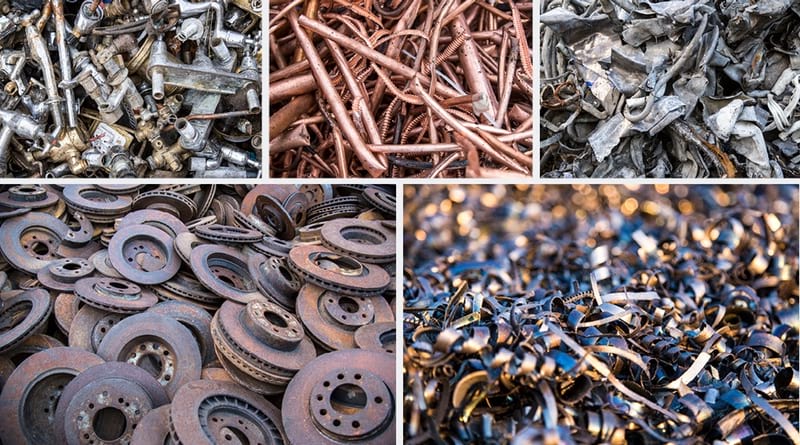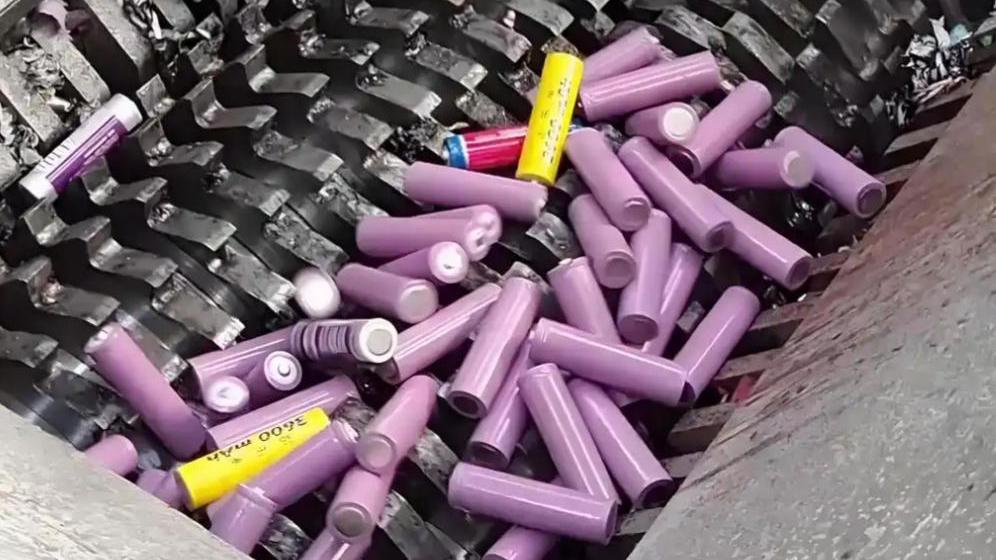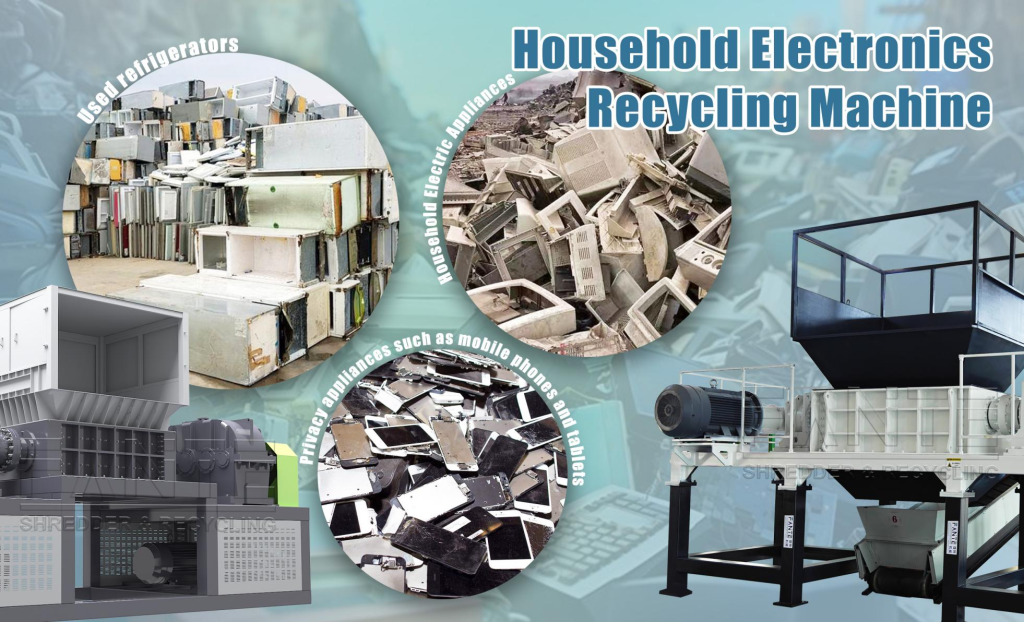Revolutionizing sustainability: Tire recycling line solutions
As the world continues to grapple with growing waste management issues, finding sustainable solutions is more important than ever. Tire recycling is an area of great concern. Millions of tires are discarded every year, and their disposal poses a major environmental challenge. However, tire recycling offers a viable solution by repurposing scrap tires and reducing their impact on the environment. In this article, I will introduce you to an innovative concept of a tire recycling line that revolutionizes the way we handle tire recycling.
Learn about tire recycling lines
The tire recycling line is a comprehensive system designed to efficiently process and recycle scrap tires. It consists of a variety of interconnected machines and components that work together to separate, crush and granulate tires, converting them into valuable materials that can be used in a variety of applications. The tire recycling production line includes tire crushing, steel wire separation, rubber granulation, fine particle separation and other processes. Every step in the production line helps maximize resource recovery and minimize waste.
Benefits of Using a Tire Recycling Line
Using a tire recycling line can bring many environmental and economic benefits. First, it helps prevent tires from ending up in landfills or being illegally dumped, creating significant environmental risks. By recycling tires, we reduce pollution, conserve resources, and minimize the energy required to produce new materials. In addition, tire recycling lines produce valuable by-products such as rubber pellets that can be used to make new tires, playground surfaces, sports tracks and other rubber products. This creates a circular economy, turning waste into valuable resources.
Factors to consider when choosing a tire recycling line
When selecting a tire recycling line, several factors should be considered to ensure optimal performance and efficiency. First, the capacity of the line should be consistent with the volume of tires you expect to handle. It’s critical to choose a production line that can handle your anticipated workload to avoid bottlenecks and delays. Additionally, consider the quality and durability of the machines and components within the production line. Investing in reliable and rugged equipment will minimize downtime and maintenance costs, ensuring smooth operation.
Customize your waste tire recycling production line
Different businesses have unique needs when it comes to tire recycling. To maximize efficiency and effectiveness, a custom tire recycling production line is often required. Customization allows you to tailor your production line to meet the specific characteristics of the tires you process and the desired end product. For example, if you primarily process heavy-duty tires, you may need specialized crushing and granulating equipment to handle their size and composition. Likewise, if you plan to produce fine rubber powder for a specific application, your production line can be customized accordingly.
The process of tire recycling using tire recycling lines
The tire recycling process using a tire recycling line involves multiple stages that work together to convert scrap tires into reusable materials. The first step is tire collection and sorting. This involves collecting scrap tires from different sources and sorting them according to their size, type and condition. After sorting, the tires are fed into a tire shredder where they are cut into smaller pieces.
The shredded tire fragments then go through a series of processes in a tire recycling line. Use a magnetic separator to separate the steel wire embedded in the tire, ensuring all metal contaminants are removed. The remaining rubber chips are then further processed through a granulator where they are ground into smaller, uniform particles. These rubber granules can be used in a variety of applications such as playground surfaces, rubber mats, or mixed with asphalt for road construction.
After granulation, separation of fine particles occurs. This step involves using advanced technology to separate rubber particles based on size and density. The resulting fine rubber powder can be used to make new tires or as raw material for the production of various rubber products. Throughout the process, quality control measures are implemented to ensure the purity and consistency of recycled materials.
Conclusion: The future of tire recycling and its impact on sustainability
Tire recycling line solutions revolutionize the way we handle tire recycling, providing an efficient and sustainable method for the reuse of scrap tires. By investing in tire recycling lines, companies can contribute to environmental sustainability, reduce waste and create economic opportunities. The benefits of using a tire recycling line are significant, such as minimizing landfill use and generating valuable by-products. Additionally, available customization options allow companies to optimize their tire recycling processes, increasing efficiency and product quality.
As demand for recycled rubber products continues to grow, the tire recycling industry is expected to expand. The future of tire recycling looks promising as advances in technology and growing awareness of sustainability drive innovation. By adopting tire recycling lines, businesses can play a key role in closing the tire waste cycle and creating a more sustainable future for generations to come.




